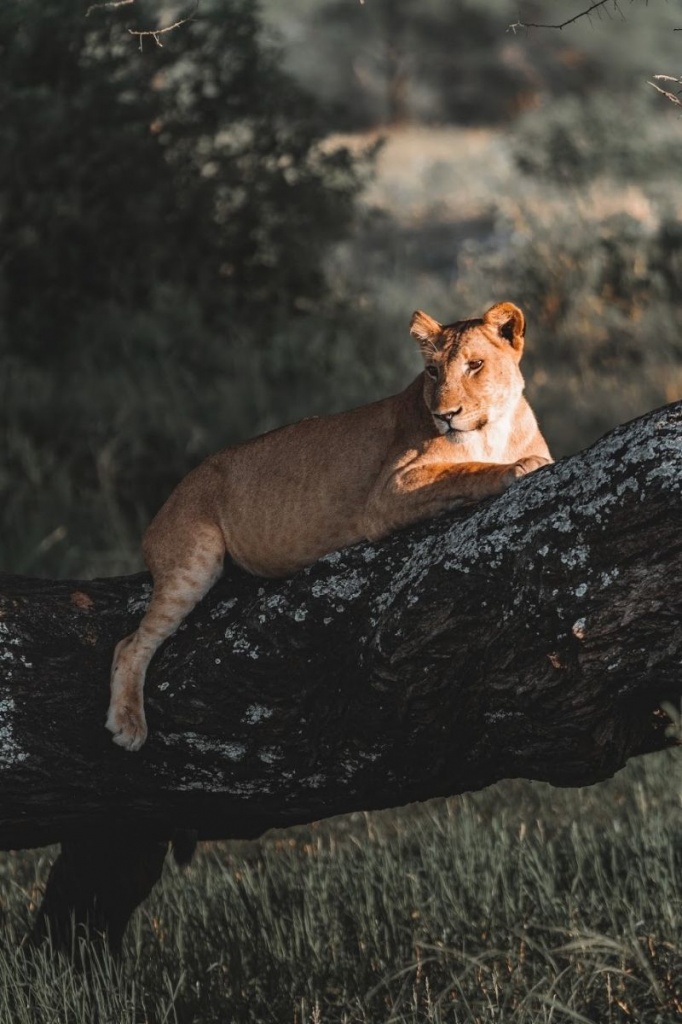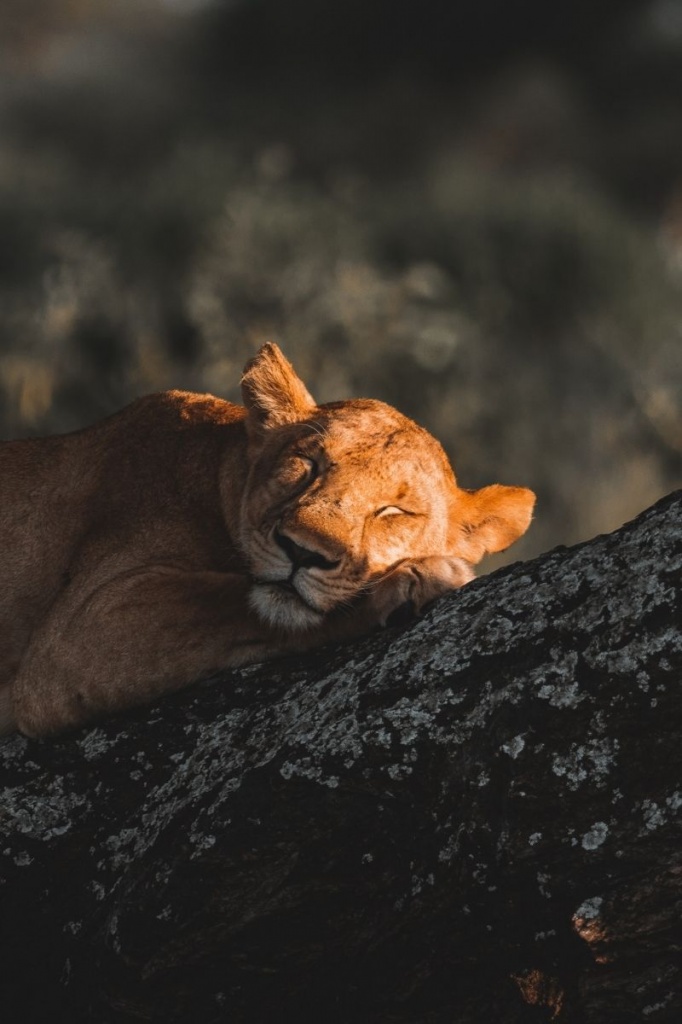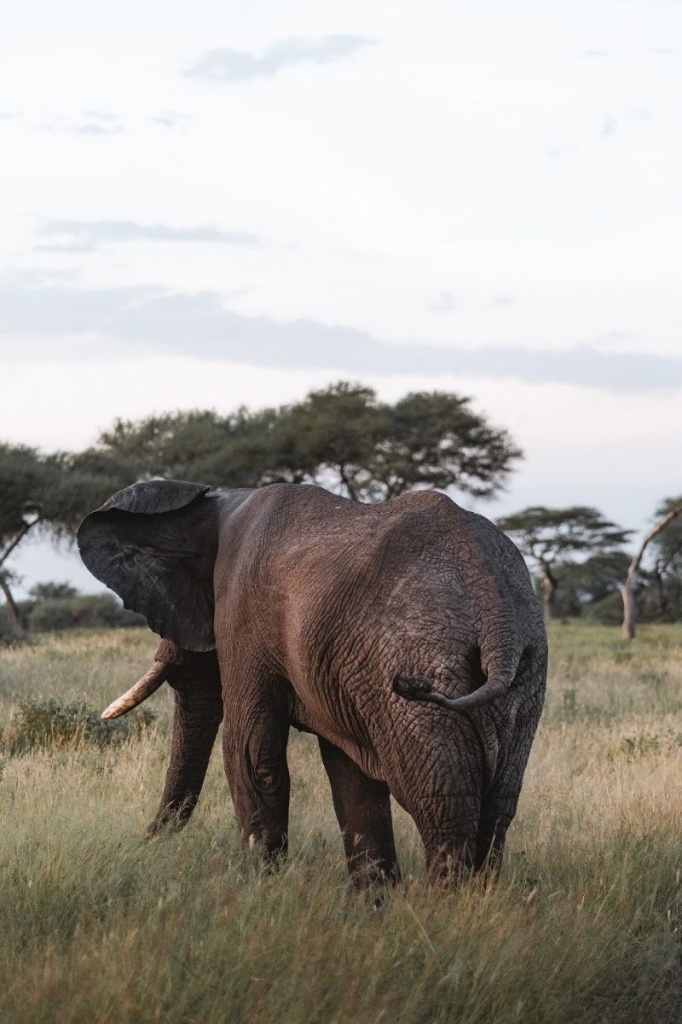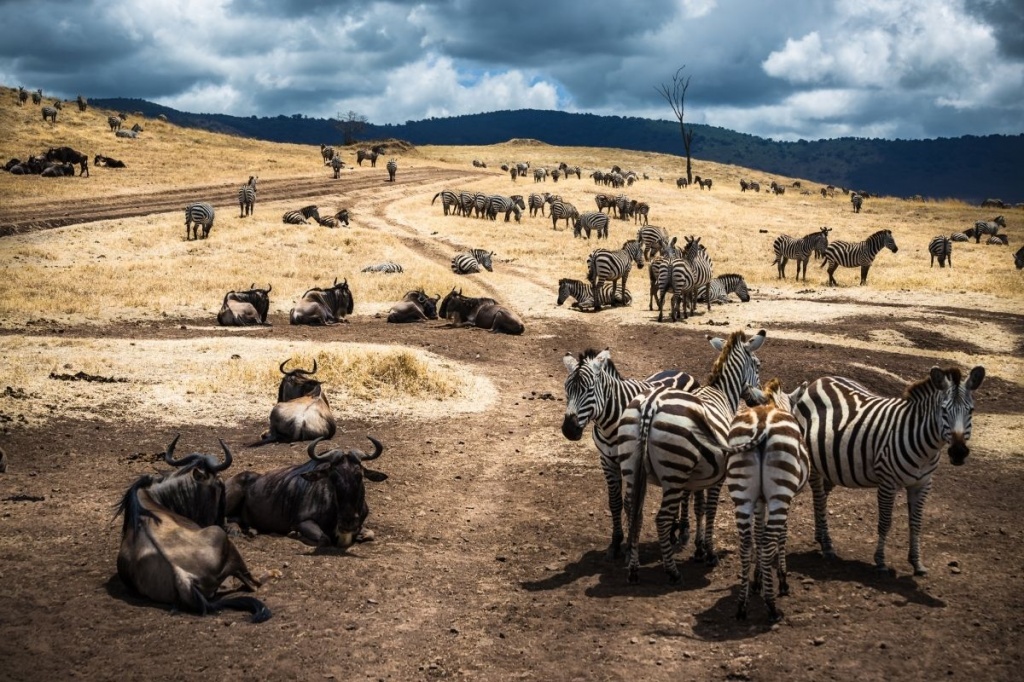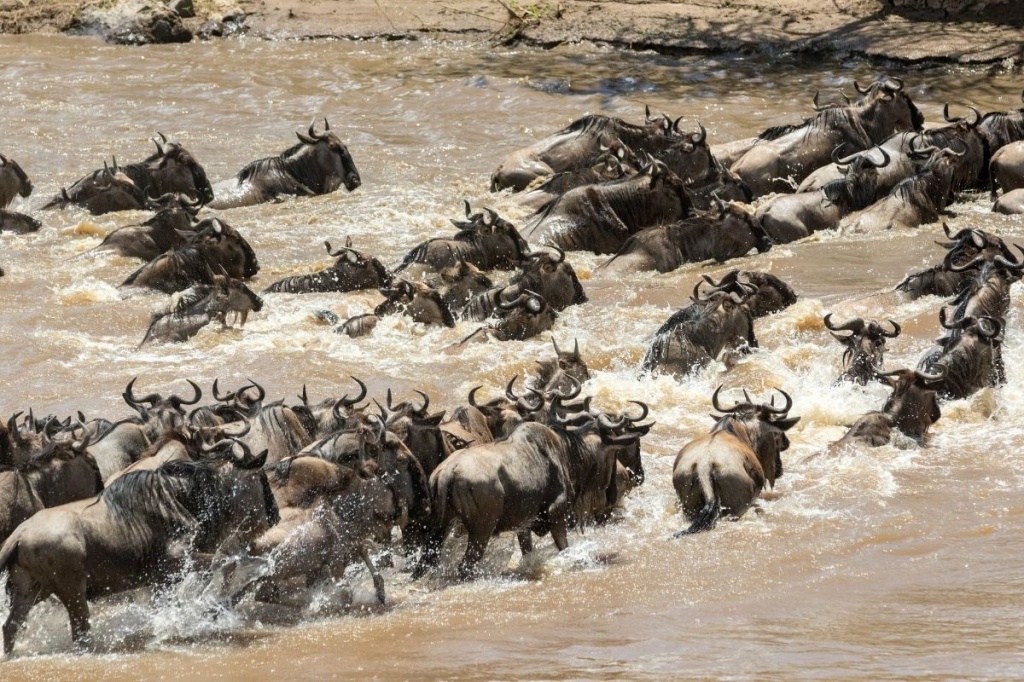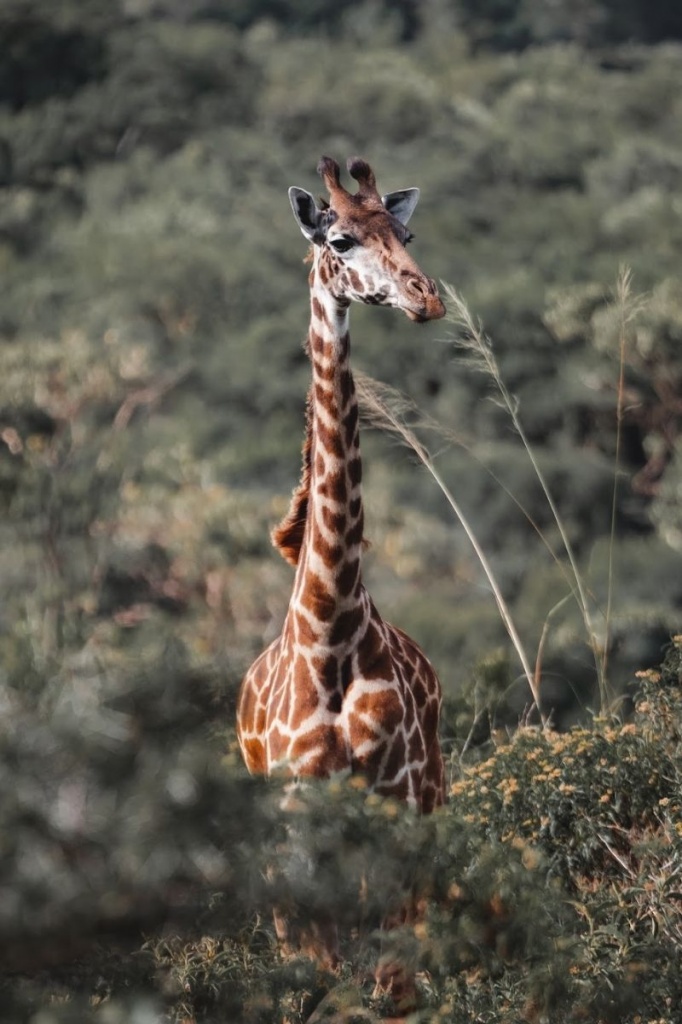The Best Time for a Safari in Tanzania?
One of the top questions travellers ask is ‘When is the best time for a safari in Tanzania?’
While there are definitely popular tourism seasons, other factors depend on one’s personal preference. Read on to discover your ideal season to visit Tanzania, based on your tastes and travel interests
Weather is key
Other destinations may have traditional summer, winter, fall, and spring seasons, but Tanzania is situated near the equator and the Indian Ocean, meaning that its weather patterns are equatorial and tropical.
There are two distinct seasons in Tanzania: wet and dry. The wet season is the rainy season, while the dry season is sunny and sometimes hot. Each season has its pros and cons, which are discussed further below.
When selecting your safari dates, keep in mind that Tanzania’s weather typically fits into these seasons, however, it is fairly common to experience sunny afternoons after a morning of rain during Tanzania’s wet season and occasionally rain during the dry season.
The seasons in Tanzania
January - March
These early months of the year are typically the hottest time of year in Tanzania (peaking in February). This season is generally dry, and is one of the most popular times for safaris. Parks may feel a bit crowded, especially around the New Year.
Animals may be seen crowding around rivers and lakes for water, as other sources dry up.
Tarangire National Park is especially popular during this time, as zebras and gazelles come to the Tarangire River for water, and are soon followed by predators, such as lions and leopards, making this a major destination to spot all kinds of wildlife.
March - May
Mid-March through May is the “long rainy season”, marked by nights and mornings of rain. Typically, the sun makes an appearance in the afternoon and evenings are serene and peaceful.
The rains make everything lush, green and the animals are lively and active in the parks, with adequate sources of water everywhere.
However, some rough roads in the parks may be impassible, due to flooding or deep mud. Main roads in the parks are typically fine, and several parks, and Ngorongoro Conservation Area, have many sections of road which are paved and will not have any issues with driving.
This season sees significantly fewer tourists, and nearly all of the accommodations offer discounts for the low season. Guests who don’t mind rainy mornings have shared that their safari during the rainy season felt like an intimate, secluded adventure because they felt like they had the whole park to themselves to watch the incredibly active animals in the damp, green forests.
June - September
This period is considered the “cold” season in Tanzania. While for locals, the weather is cold (and you will see people wearing winter coats and hats), those visiting from other climates find the weather pleasant and fresh. Bring a jacket for chilly mornings, but afternoons are nice and generally sunny, and the weather is dry during this time.
This is another popular travel season in Tanzania, with many visitors in the national parks.
If you’re not a fan of hot weather, this is the ideal time to visit during Tanzania’s dry season. This is also a common time for viewing the Great Migration in Serengeti National Park.
October - December
The short rains generally fall sometime between October and December, and the weather gets warmer as the end of the year approaches.
October is also the time when the jacaranda trees across East Africa bloom - a truly beautiful spectacle of trees crowned with purple flowers. In December the Flame Trees blossom, turning a vibrant red just before Christmas.
Christmas is a popular time for tourists to visit Tanzania and often the short rains have stopped by mid-December as well. Many visitors plan something special to mark the holiday season, such as summiting Mount Kilimanjaro to commemorate the day. Hotels and lodges may serve a special holiday meal for guests.
The weather in December is usually considered ideal, however, parks and accommodations may feel more congested than other times of the year.
Dry Season: Pros and Cons
Pros:
✓ Favourable weather
✓ Abundance of Wildlife
✓ Scenery looks like many images of Africa; vast, dry grasslands and animals around watering holes
✓ Holiday Seasons, and when most visitors have time-off
✓ Good weather for an evening swim in the swimming pool at your hotel/lodge
✓ Suggested time for a family vacation or honeymoon
✓ Popular tourist time
Cons:
✖︎ Parks may feel more crowded/busy
✖︎ Accommodations are full-price (no discounts)
✖︎ The end of the dry season may be dusty - bring a bandana or handkerchief to help.
Rainy Season: Pros and Cons
Pros:
✓ See Africa in a new way! Tropical climate with green forests and active animals
✓ Photographers especially enjoy capturing wildlife during the rainy season, and the contrast of colors looks amazing.
✓ Guests may receive low-season discounts
✓ Parks are not crowded and guests feel they are on a private adventure
Cons:
✖︎ Some park roads may be inaccessible
✖︎ Likely to experience some wet days - but it does not rain all day and typically there is significant sun at some point each day
✖︎ Bring a rain jacket and shoes that are water resistant for your comfort
✖︎ In some parks the animals are more dispersed during the rainy season
The Great Migration
One of the biggest attractions in Tanzania is the Great Migration in Serengeti National Park. Each year, this natural phenomenon draws tourists from all over the world to witness the colossal movement of animals across the Grumeti River. It is one of the reasons the Serengeti is a UNESCO World Heritage Site, as it is the largest migration of animals on the planet. The Great Migration occurs annually, even continually across the entire area of the Serengeti.
For a short period (approximately 2 months each year), herds of wildebeests and other ungulates are in Kenya. Usually, around July and August, they migrate there with an epic river crossing, risking crocodiles and other predators to return to the fresh grass of the Maasai Mara. Herds spend the remainder of the year in Tanzania, mostly in the Serengeti or the corner of Ngorongoro Conservation area. This is where they will mate, birth their young and enjoy the lush grasses of the Serengeti for approximately 10 months of the year.
What causes the animals to continue to move around? The migration is spurred by basic survival instincts - herds of wildebeests, gazelles, impalas, elands, and zebras seek adequate water and greener grass. As the weather changes from dry to wet, the animals move to get to better sources of food and hydration - and they are continually followed by their impressive predators, lions, cheetahs, and leopards.
There are different portions of the Great Migration available to witness throughout the year;
February is calving season, with thousands of baby wildebeests born each day! Witness the miracle of new life - and the wonder of the ability of a baby wildebeest to run shortly after birth during this time.
March and April mark when the herds begin to congregate in the Seronera area of Serengeti, offering some spectacular photo opportunities of massive numbers of animals, peacefully grazing in a beautiful setting.
In May, the herds begin to move northward, forming impressive columns of animals marching in sync, they may congregate at the Western Corridor as they find a safe place to cross the Grumeti River. In this way, visitors have a chance to see the high density of animals that move together for migration - a truly incredible aspect of nature to witness with your own eyes!
July through to early September visitors are likely to witness the amazing migration of animals and the adrenaline-pumping Mara River crossing. The animals rush through the dangerous waters, moving in massive numbers in hopes of reaching the other side. This is the stuff of National Geographic (who do regularly film this phenomenon), but the energy and power of nature is intimately felt when witnessing live, not watching through a television screen.
You will leave with a renewed appreciation for Africa’s wildlife and raw aspects of nature that humanity has not interfered with. How incredible that this annual cycle has been occurring for probably a millennia, and we are still able to appreciate and witness it, even today!
There are two river crossings that occur during this yearly cycle of migration: the Mara River and the Grumeti River. The names are used to indicate the direction the animals are heading:
The Grumeti River crossing often occurs during May and June, as the herds enter Kenya.
The Mara River crossing is the movement of herds from Kenya back into Tanzania, and often happens during July and August.
As you can see, the Great Migration is an ongoing spectacle in Serengeti National Park. There is something to see and experience at nearly every time of the year. If the Great Migration of Serengeti is on your bucket-list to witness, this is certainly a chance to make your dream come true!
When is the best time to visit Tanzania?
Really, any time of year is the best time to have an amazing African safari in Tanzania. Personal preference is the deciding factor for what time of the year is ideal for you.
If you’re after a special, intimate safari when Tanzania’s parks are likely less crowded and you may feel like you have the entire hotel to yourself? Consider coming during the wet season.
If you want to see trees alive with nature’s colors, and ideal weather? Consider visiting Tanzania in October or November.
Is your heart set on witnessing a river crossing for Serengeti’s Great Migration, during the dry season? Then select dates in July or August.
Tanzania’s wildlife is always moving; the flora of the national parks continually pulsating with life. Each and every month is the best time to experience the wonders of Tanzania. Select a time that best suits you, and be ready to be stunned by the natural beauty and thrilling wildlife of this amazing country.
All content on Altezza Travel is created with expert insights and thorough research, in line with our Editorial Policy.
Want to know more about Tanzania adventures?
Get in touch with our team! We've explored all the top destinations across Tanzania. Our Kilimanjaro-based adventure consultants are ready to share tips and help you plan your unforgettable journey.















